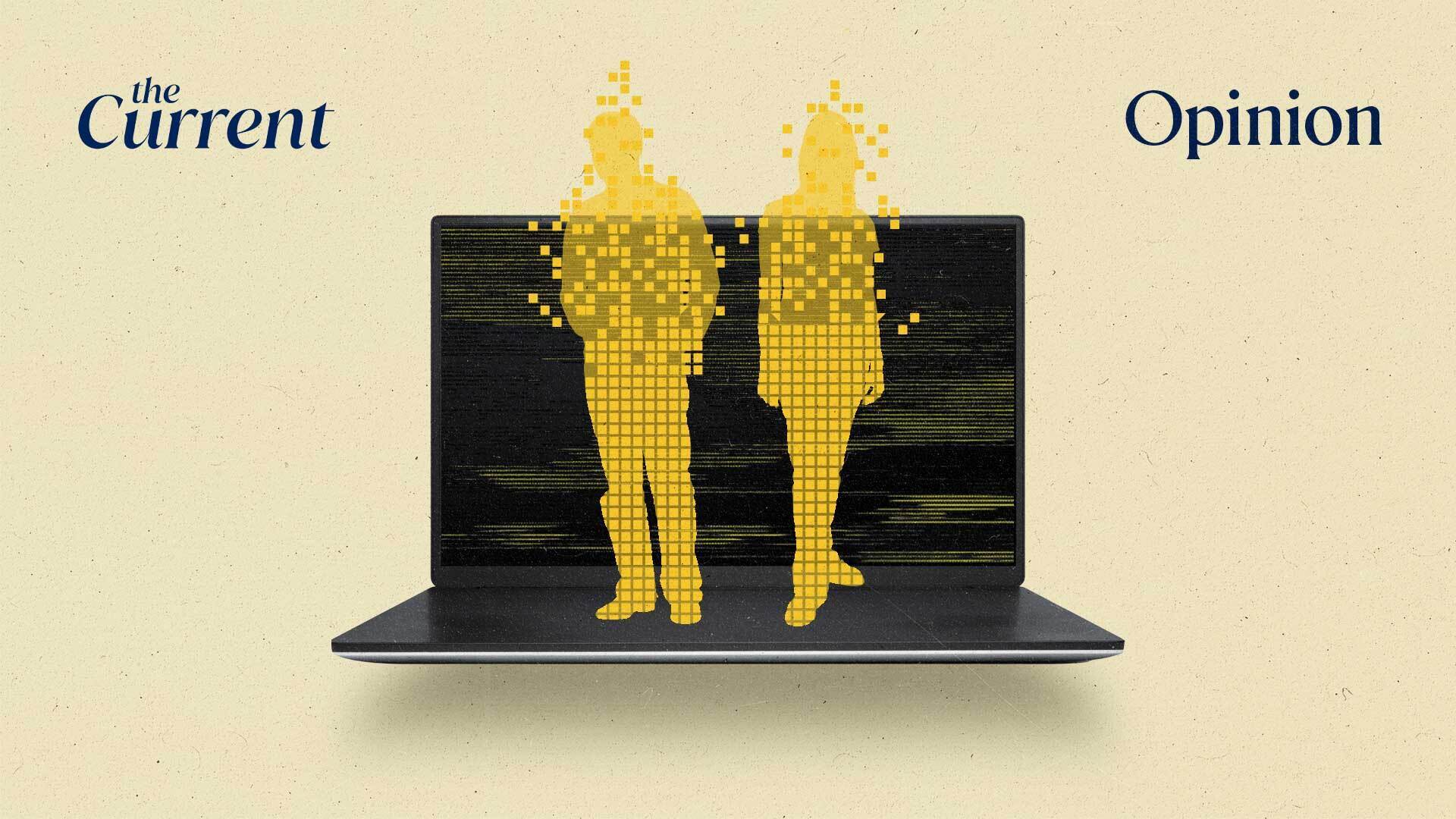The Current is owned and operated by TradeDesk, the largest ad platform outside of Google. UID2 is their own initiative. So to say this article is biased is… mild.
Removed by mod
Well that certainly explains why they want people to believe tracking users is an absolute necessity for advertisers.
Perpetuating the lie advertisers have been pushing for at least two decades that untargeted advertisement is absolutely worthless.
Without cookies, advertisers still know from where you’re connected and what type of content you are currently consuming, it’s not like they are completely blind. It was enough for any media that is not the internet.
I can’t read it, it keeps wanting me to login.
Here you go:
After nearly four years of vague and fluid timelines, Google finally seems resolved to begin phasing out the third-party cookie in 2024. While there’s been a great deal of focus on what the deprecation of cookies might mean for advertisers in terms of delivering relevant ads to the right audiences, less has been said about the potential impact for publishers.
The vast majority of the open internet is funded by advertising. Key tenets of the internet that we value so much, such as journalism, depend on it. It is estimated that 75 percent of funding for journalism today is derived from advertising. And if advertisers suddenly lose the ability to understand who’s reading the news, the value of those ads will crater. And that means less funding for trusted news.
While it’s easy to outline the risk, there’s also a tremendous opportunity to rethink our approach to authentication on the internet in a more privacy-conscious way. And let’s face it, cookies were never designed to perform the tasks that have been asked of them for the last 30 years. They were initially designed in 1994 so that consumer preferences could be stored in virtual shopping carts on then-emerging e-commerce sites.
They were never intended to do the advanced digital advertising tracking and relevance work they do today. They are not fit for that purpose. And they only work in display environments, not the fast-emerging channels of the open internet, such as streaming TV and digital audio.
But it’s in those new channels that we can understand the importance of audience authentication. Since the pandemic, consumers have shifted, en masse, from traditional cable TV to streaming TV, and from traditional radio to digital audio. And one fascinating aspect of streaming TV and digital audio is that in both cases, advertisers can work with authenticated, logged-in audiences. And that’s why advertisers are placing an increased premium on those channels as the new identity fabric of the internet emerges. In these new channels, advertisers have a very clear sense of who they are reaching.
It’s also no coincidence that streaming TV leaders are also among the early pioneers of new identity solutions such as Unified ID 2.0. Not necessarily because they need it to validate their own audiences for advertisers, but because they understand the critical role that new post-cookie identity currencies will play in omni-channel marketing campaigns. And they want to be a central element of those campaigns.
So what are traditional publishers to do? In an attempt to lessen the blow, Google has been touting offerings such as Topics (contextual segments, limited to site-level classification, mapped into Google defined categories) and measurement APIs such as Private Aggregate API and Attribution Reporting API — which store data in Google’s Chrome browser. It’s a highly complex and opaque solution, and one that means publishers have to yield more power and control to Google. The Department of Justice’s allegations in its recent anti-trust lawsuit against Google underscore Google’s willingness to use power and control to benefit itself to the detriment of publishers. Publishers will survive or die at the whim of Google, with little ability to manage their own destiny.
Amidst this latest churn, there is an opportunity for traditional publishers to redefine the rules of engagement, just like their peers in emerging channels, such as streaming TV and digital audio.
The solution is likely two-fold. First, publishers need to deploy new, consumer-friendly, lightweight single-sign-on authentication solutions — such as OpenPass. In doing so, publishers can gain vital information about their consumers. This first-party data should be the lifeblood of any publisher, containing key consumer information and preferences. It’s also data that can be shared in a privacy-conscious way with advertisers to preserve the value of their advertising impressions.
Second, publishers can allow advertisers to activate emerging identity solutions, such as UID2, so advertisers can find relevant audiences across the open internet. In a recent campaign, for example, Unilever purchased ad impressions from Disney+ using UID2. Their ads were 12 times more effective in finding their target audience than with traditional identifiers.
This is the new identity fabric of the open internet. One that preserves relevance for advertisers, revenue optimization for publishers, and privacy control for consumers. Streaming TV leaders and digital audio leaders are already proving the efficacy of this two-pronged approach. And advertisers are shifting budget there because they can act with precision, measure effectively, and optimize across channels — all in ways that are not possible in the murkiness of walled gardens. It’s no surprise that streaming TV and digital audio are the fastest growing segments of the open internet from an advertising perspective.
The clock is ticking for traditional publishers. But the good news is that solutions are available. Not simply to solve the imminent threat of cookie deprecation. But to build something much better that will finally give them control over their own destiny.
I can see it. I t looks like some kind of corporate advertising shill site pushing an agenda.
deleted by creator
deleted by creator





